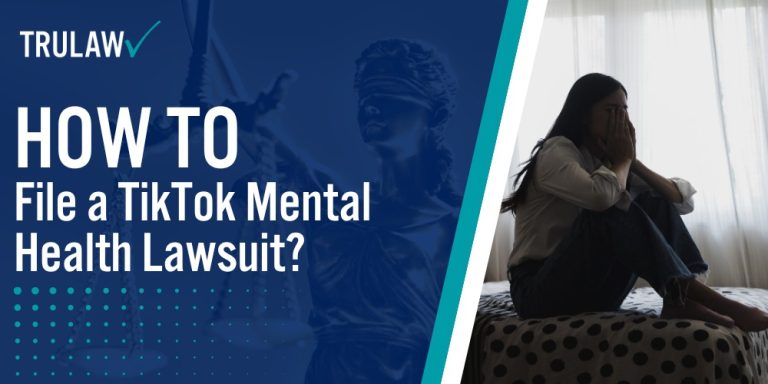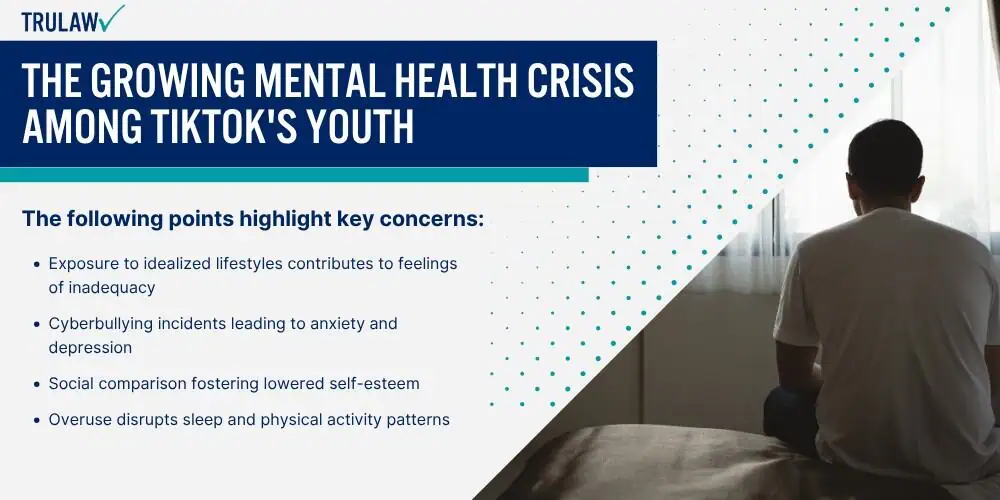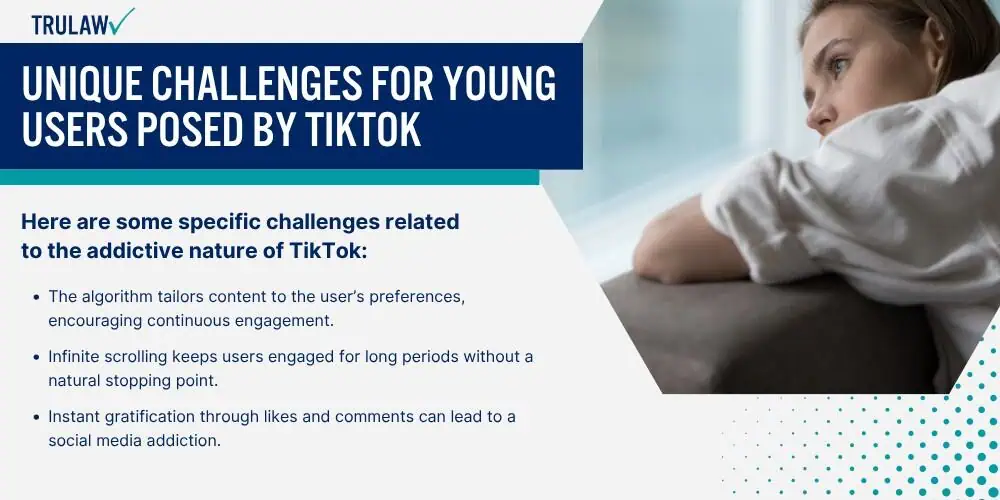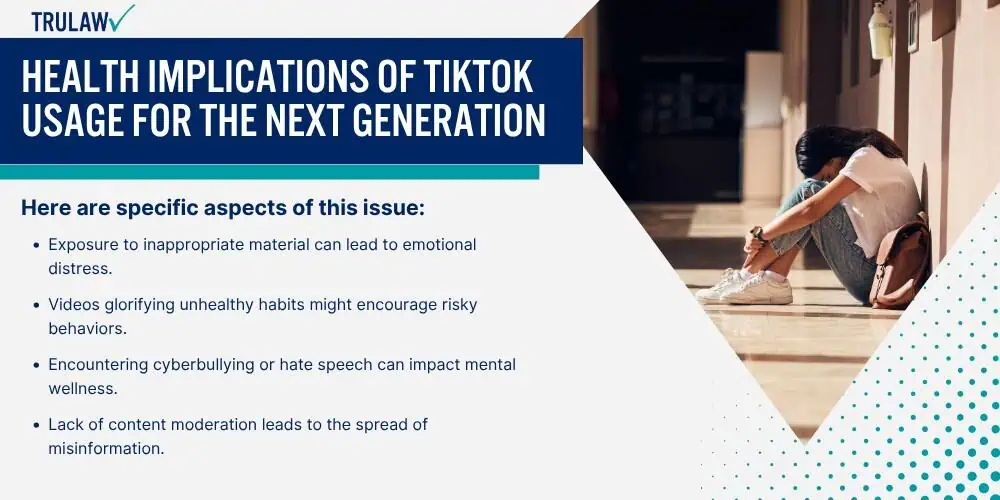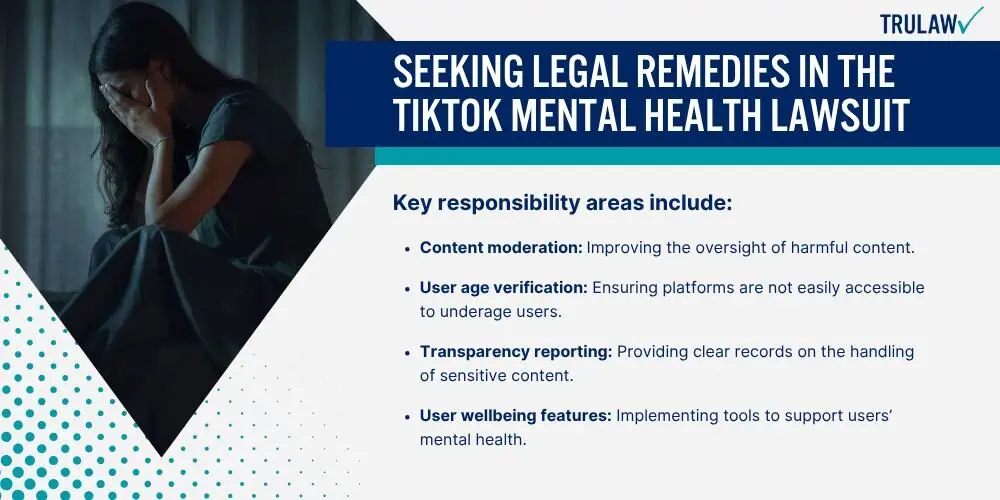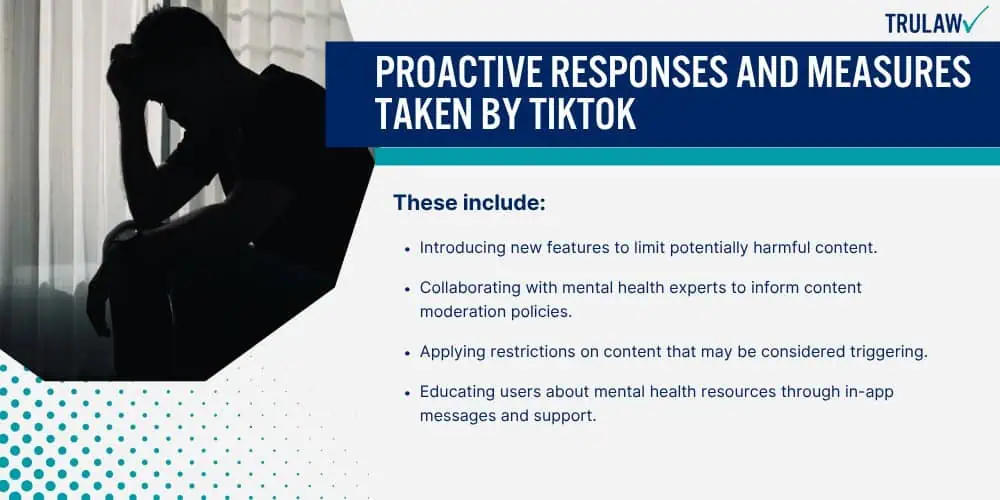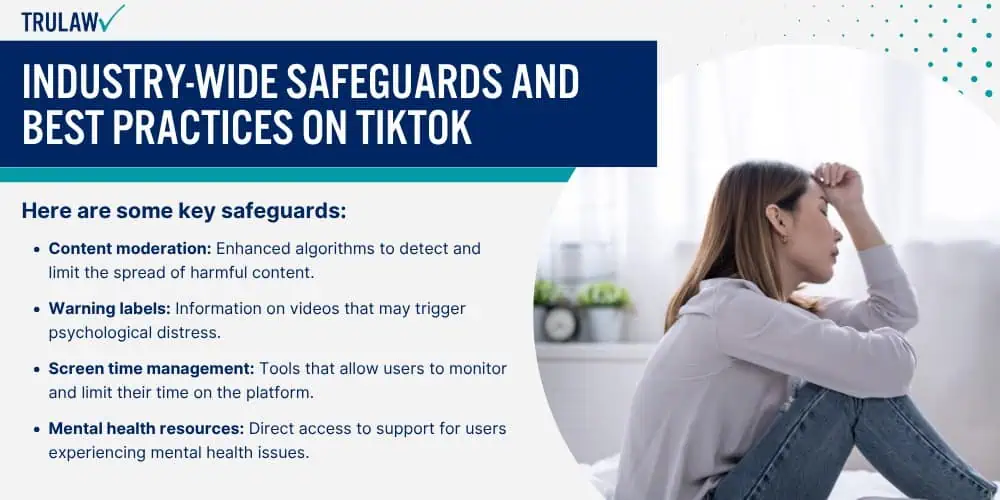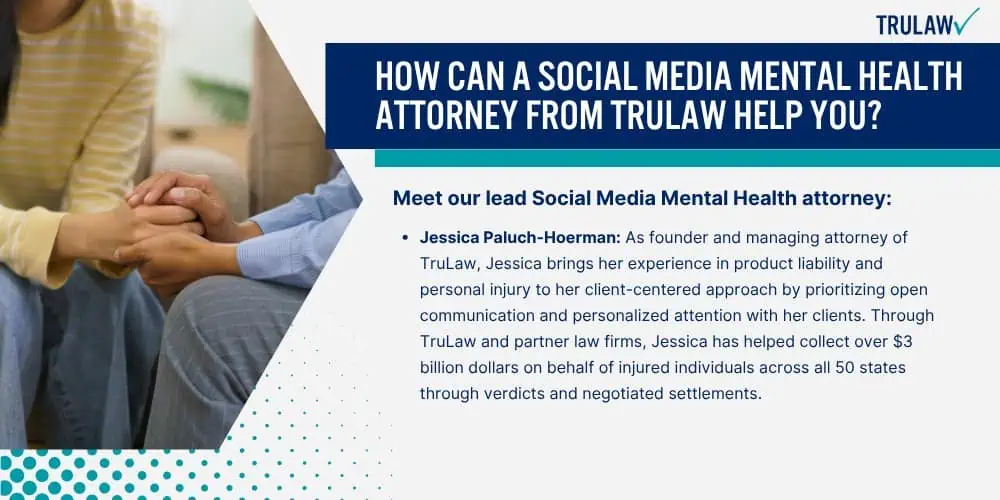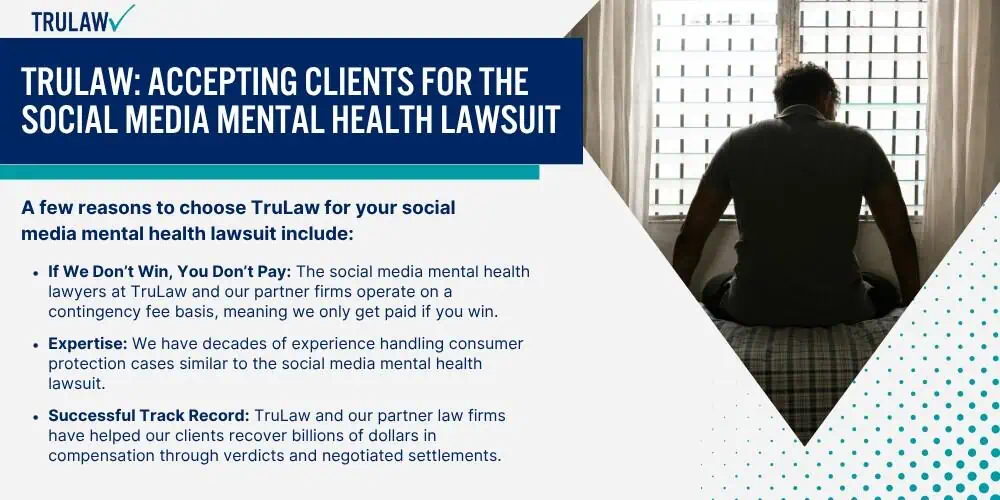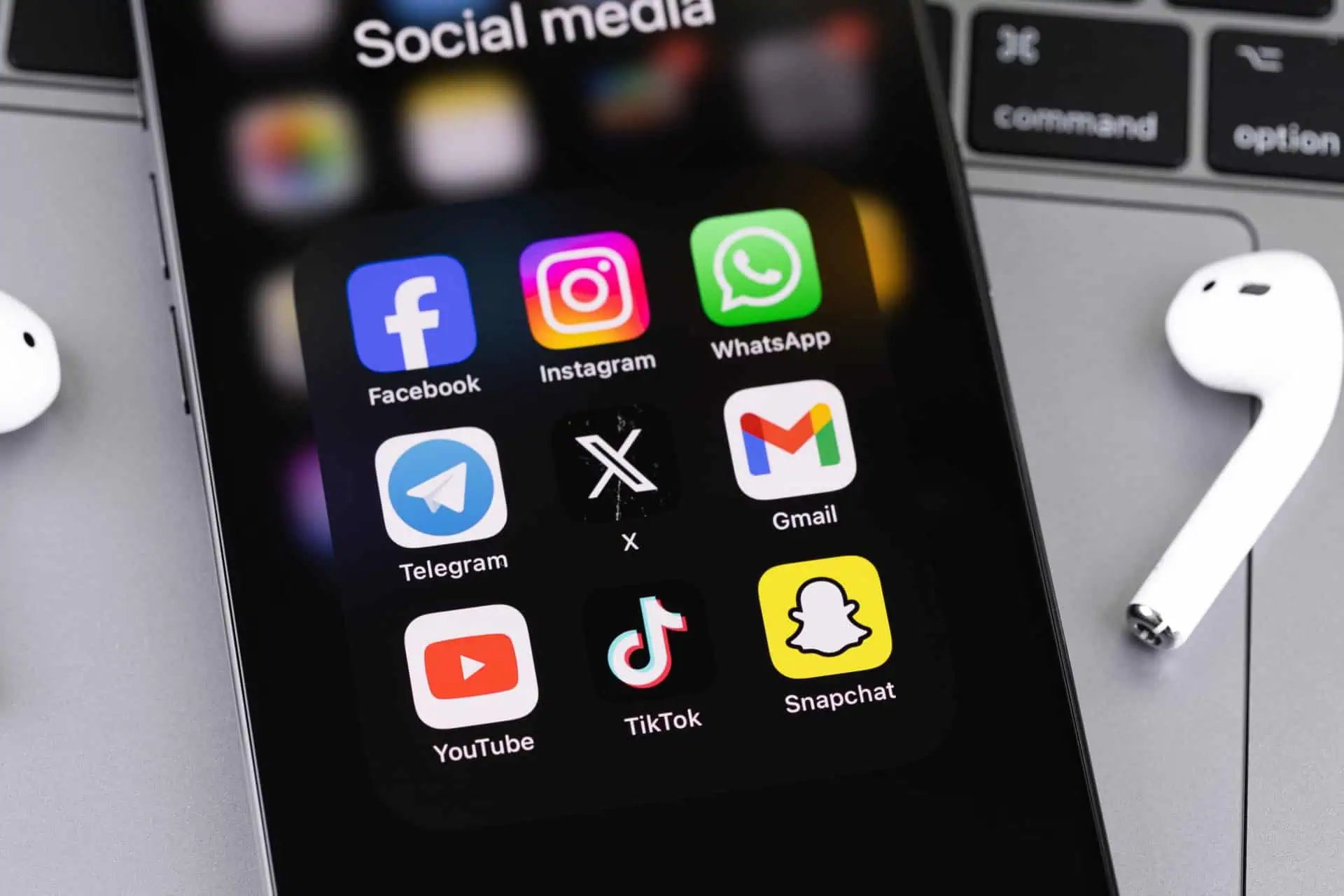The lawsuit alleges that TikTok’s algorithm prioritizes content that can be detrimental to mental health.
As a result, the lawsuit seeks to hold the platform accountable for the impact of their platform.
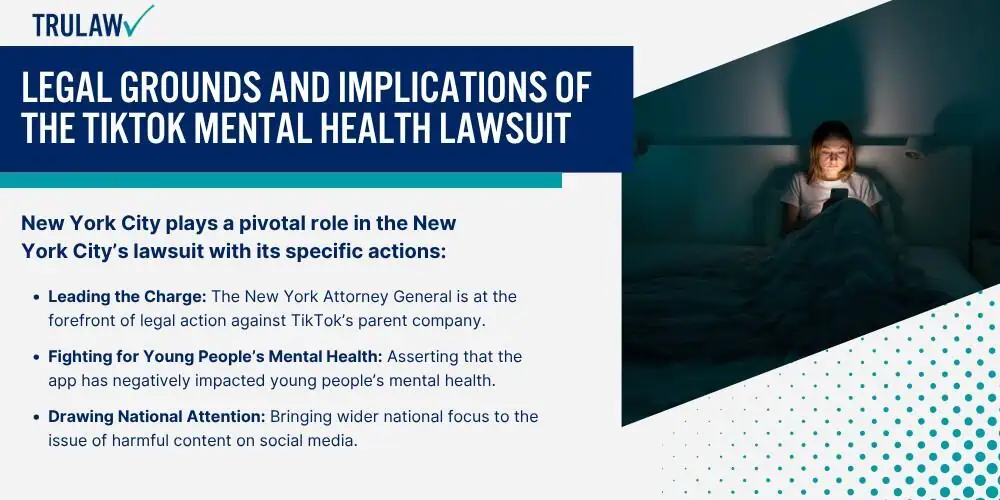
The plaintiffs argue that the algorithm’s promotion of certain types of content contributes to increased anxiety and negative self-image among users, particularly young people.
This legal action highlights growing concerns about the potential harm caused by social media algorithms.
The Role of New York City
New York City isn’t just a bystander in this lawsuit; it’s the driving force behind it.
By spearheading this legal action, the city is taking a strong stance to protect its youth and hold social media platforms accountable for the potential harm they cause.
New York City plays a pivotal role in the New York City’s lawsuit with its specific actions:
- Leading the Charge: The New York Attorney General is at the forefront of legal action against TikTok’s parent company.
- Fighting for Young People’s Mental Health: Asserting that the app has negatively impacted young people’s mental health.
- Drawing National Attention: Bringing wider national focus to the issue of harmful content on social media.
- Push for Policy Changes: Encouraging developments in regulatory policies governing social media platforms.
Tech Companies’ Response to the Lawsuit
Facing the accusations head-on, tech companies, including TikTok, have countered the lawsuit’s claims.
They deny any wrongdoing and have outlined the measures already in place, along with future commitments, to prioritize user safety, particularly the well-being of young people on their platforms.
Tech companies, including TikTok, have issued responses to the allegations:
- Denial of Wrongdoing: The lawsuit’s claims of harmful practices have been firmly denied.
- User Safety Measures: Describing the steps they have taken to safeguard their user’s mental well-being on the platform.
- Cooperation Statements: Some statements express the companies’ willingness to cooperate with investigators.
- Future Commitments: Declarations of intent for ongoing improvement in protecting young users and content moderation have been noted.
